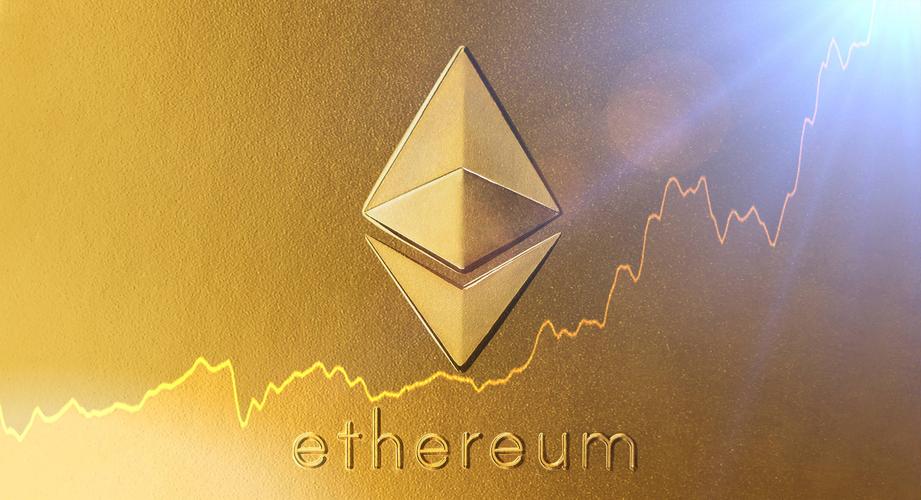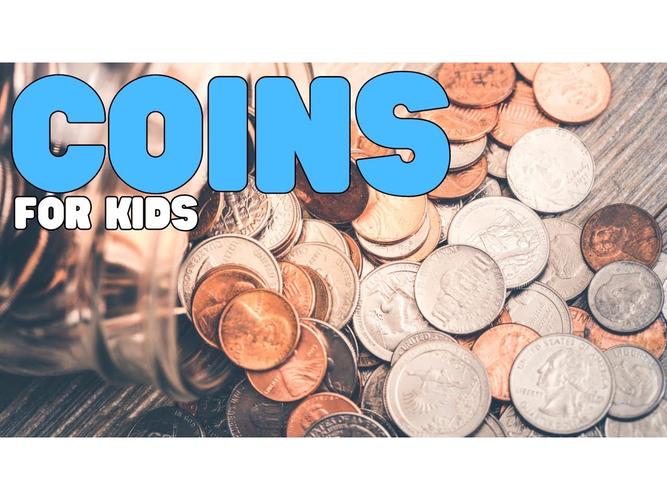
Does Eth Burn Coins?
When it comes to cryptocurrencies, Ethereum (ETH) is one of the most popular and widely used digital currencies. However, there’s been a lot of buzz and confusion surrounding the topic of whether Ethereum burns coins. In this article, we’ll delve into the details and provide you with a comprehensive understanding of this phenomenon.
Understanding Ethereum’s Inflationary Model
Ethereum’s native token, ETH, is subject to an inflationary model, which means that the supply of ETH increases over time. This is in contrast to Bitcoin, which has a fixed supply and is deflationary. The inflationary model of Ethereum is designed to support the network’s growth and development.

Every time a block is mined on the Ethereum network, a certain amount of ETH is created and added to the total supply. This process is known as mining. Initially, the reward for mining a block was 5 ETH, but it has been halved several times over the years, with the latest halving occurring in May 2020, reducing the reward to 2 ETH.
The Concept of Coin Burning
While Ethereum’s supply increases over time, there is a mechanism in place to reduce the total supply of ETH. This mechanism is known as coin burning. Coin burning involves permanently removing a certain amount of ETH from circulation, effectively reducing the total supply.
The primary reason for coin burning in Ethereum is to combat inflation and to create a sense of scarcity. By reducing the supply of ETH, the value of the remaining coins can potentially increase, benefiting holders of the cryptocurrency.
How Coin Burning Works
There are several ways in which Ethereum can burn coins:

-
Transaction Fees: A portion of the transaction fees paid on the Ethereum network is used to burn ETH. This means that every time a transaction is made, a small amount of ETH is burned, reducing the total supply.
-
Smart Contract Deployments: When a smart contract is deployed on the Ethereum network, a small amount of ETH is burned as a gas fee. This incentivizes developers to optimize their contracts and reduces the overall supply of ETH.
-
Network Updates: Ethereum has undergone several network updates, such as the Merge, which have included coin burning mechanisms. For example, during the Merge, a significant amount of ETH was burned to support the transition to proof-of-stake.
Impact of Coin Burning on ETH Value
The impact of coin burning on the value of ETH can be significant. By reducing the total supply of ETH, coin burning can create a sense of scarcity, which can drive up the price of the cryptocurrency. This has been evident in the past, as ETH has seen significant price increases following major coin burns.
However, it’s important to note that the value of ETH is influenced by a variety of factors, including market demand, regulatory news, and technological advancements. While coin burning can have a positive impact on the value of ETH, it is not the sole determinant of its price.
Conclusion
In conclusion, Ethereum does burn coins, and this process plays a crucial role in the network’s inflationary model. By reducing the total supply of ETH, coin burning can create a sense of scarcity and potentially drive up the value of the cryptocurrency. While it’s not the only factor influencing ETH’s price, it is an important aspect of the Ethereum ecosystem.
| Year | Block Reward | ETH Burned |
|---|---|---|
| 2015 | 5 ETH | Unknown |
| 2016 | 5 ETH | Unknown |
| 2017 | 5 ETH | Unknown |
| 2018 | 3 ETH | Unknown |
| 2019 | 2 ETH | Unknown |
| 2020 | 2 ETH |



